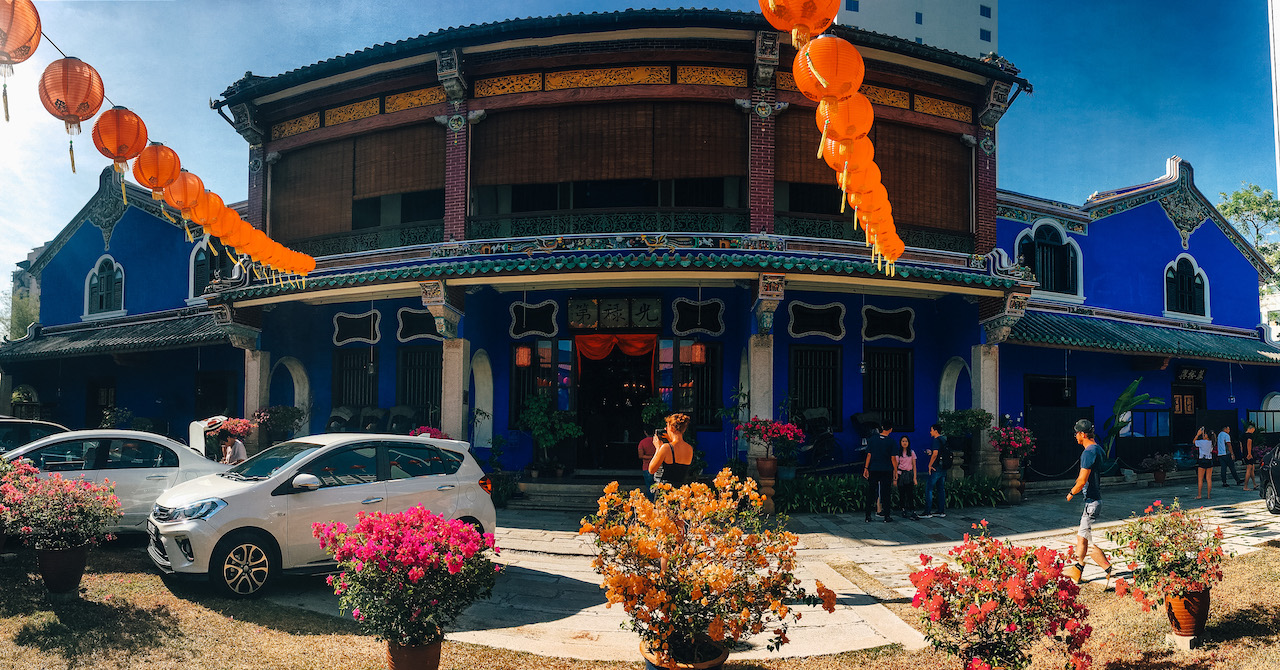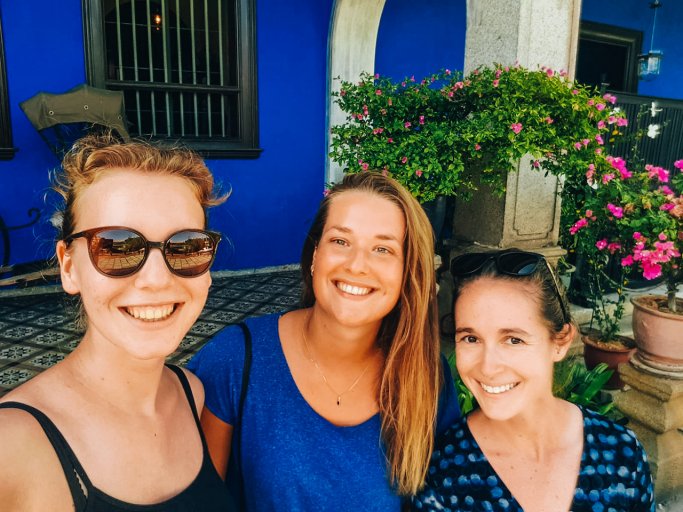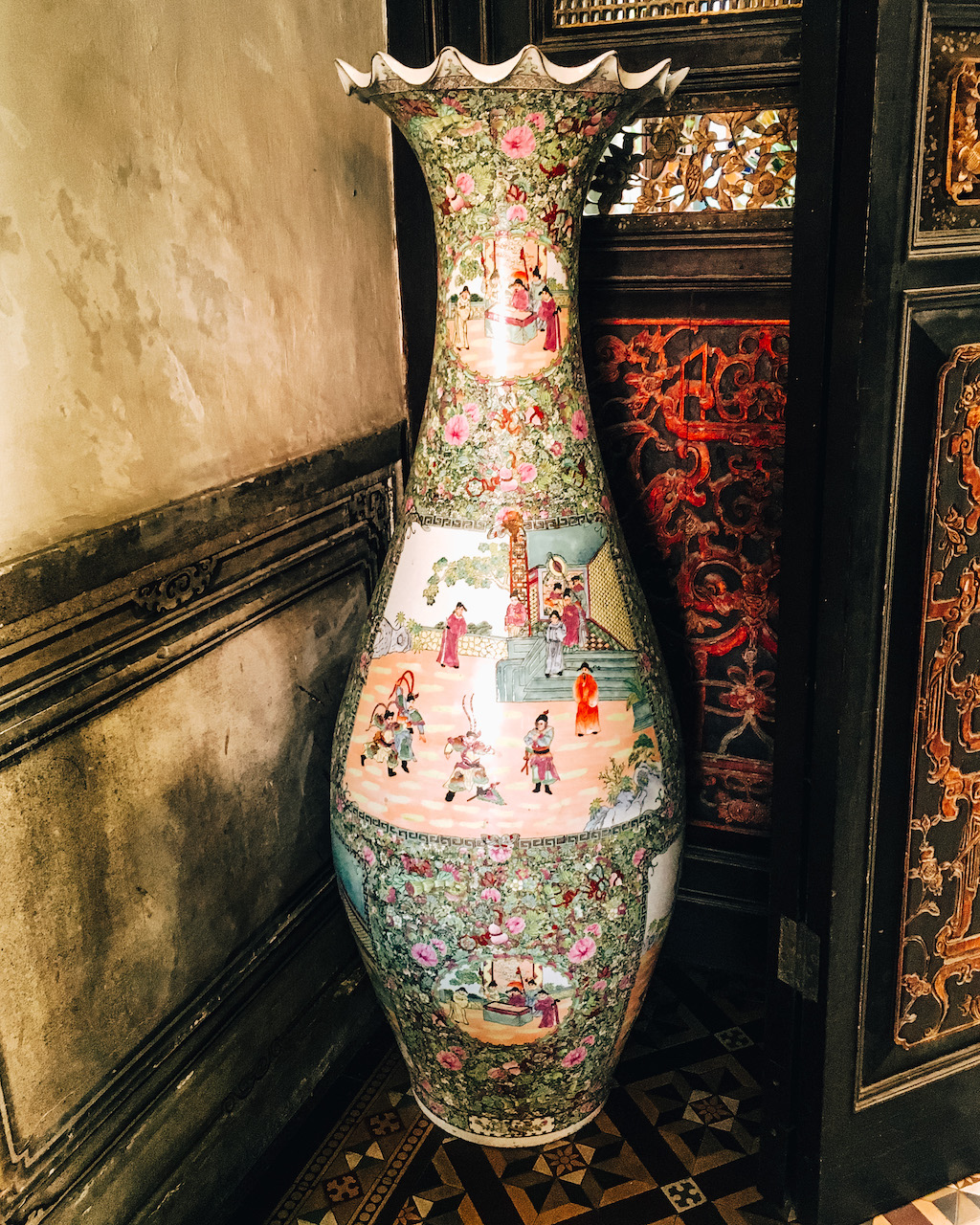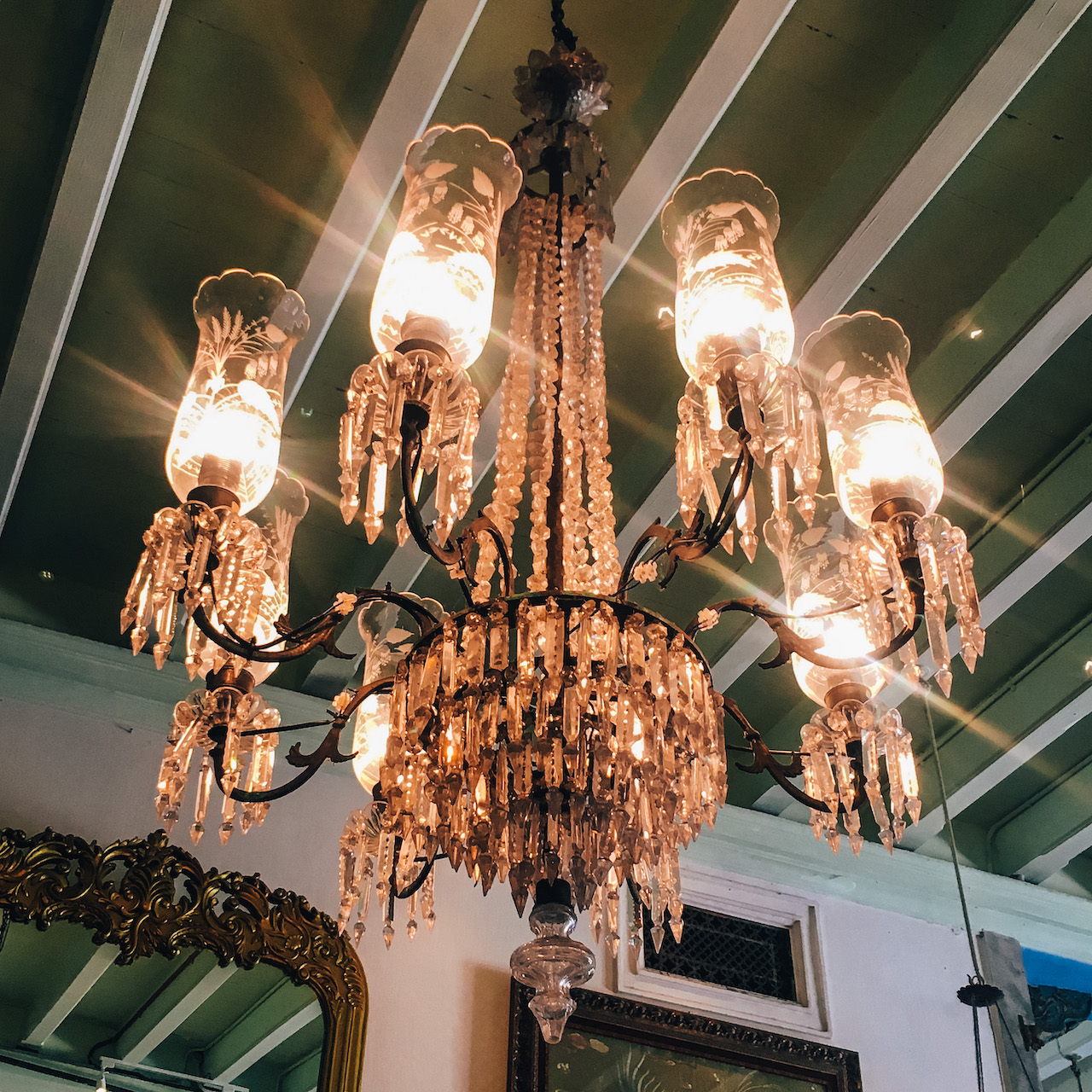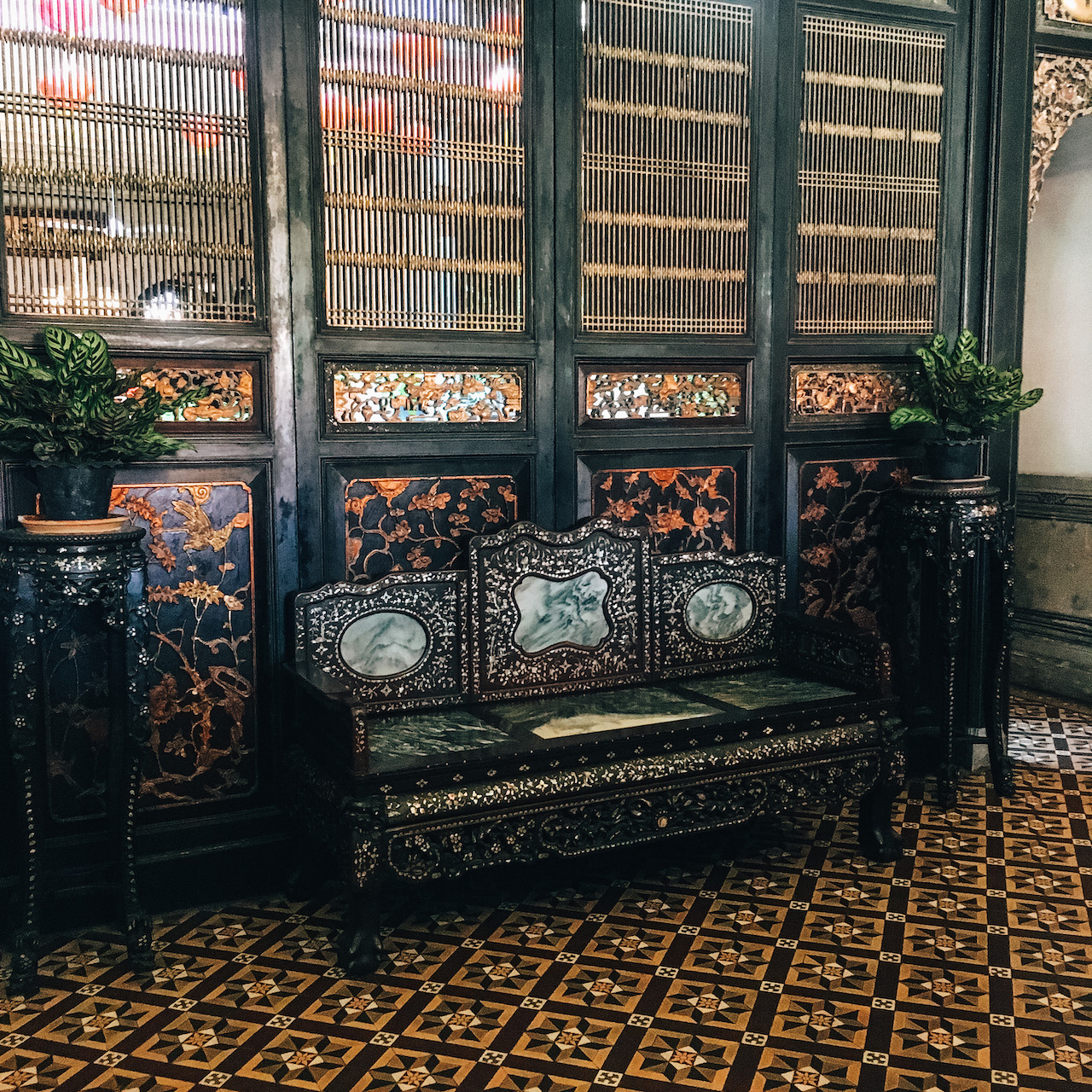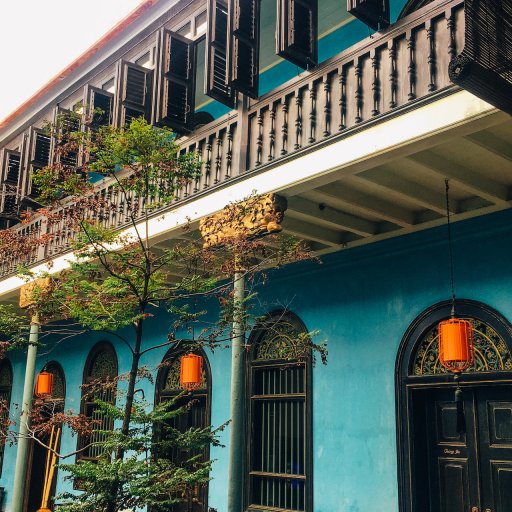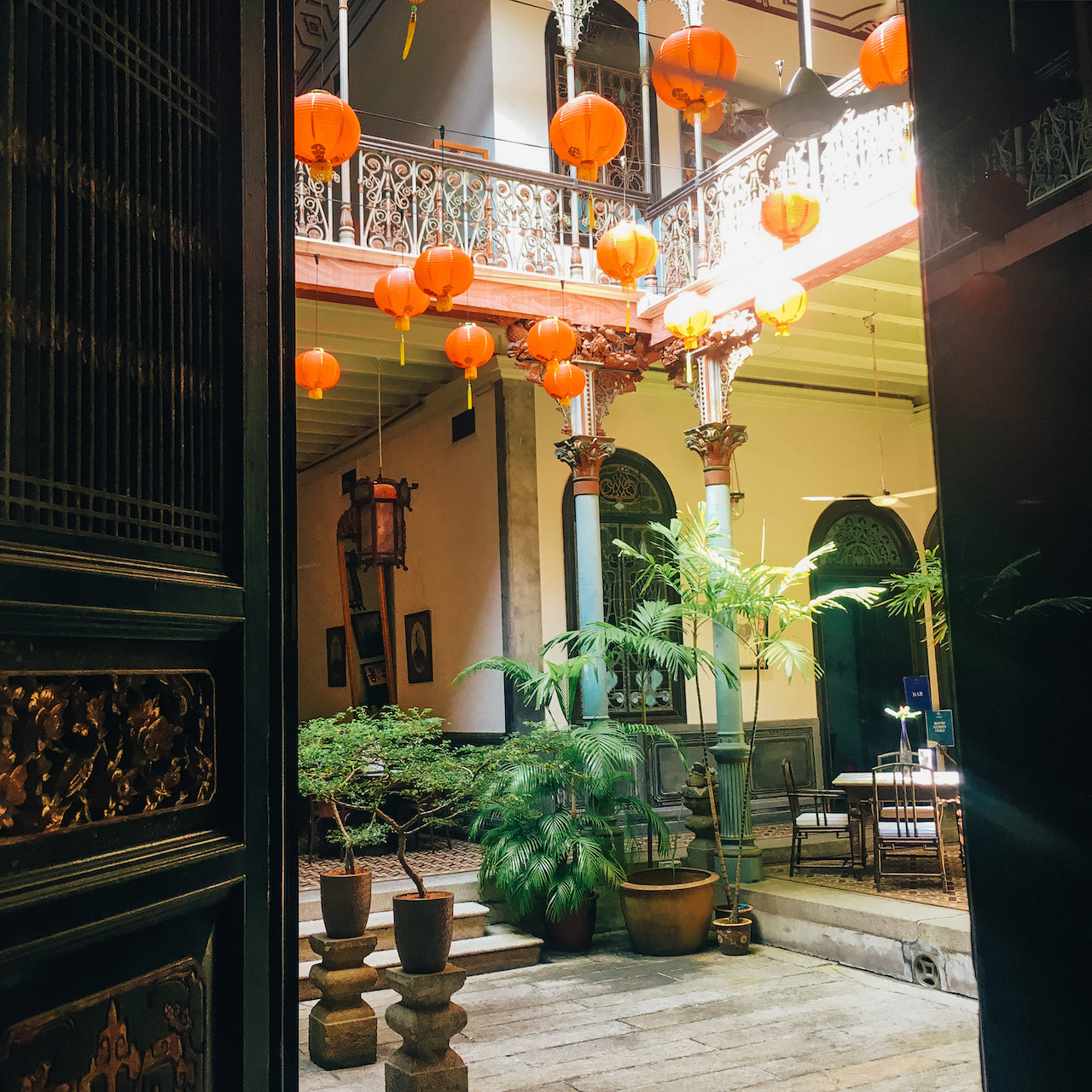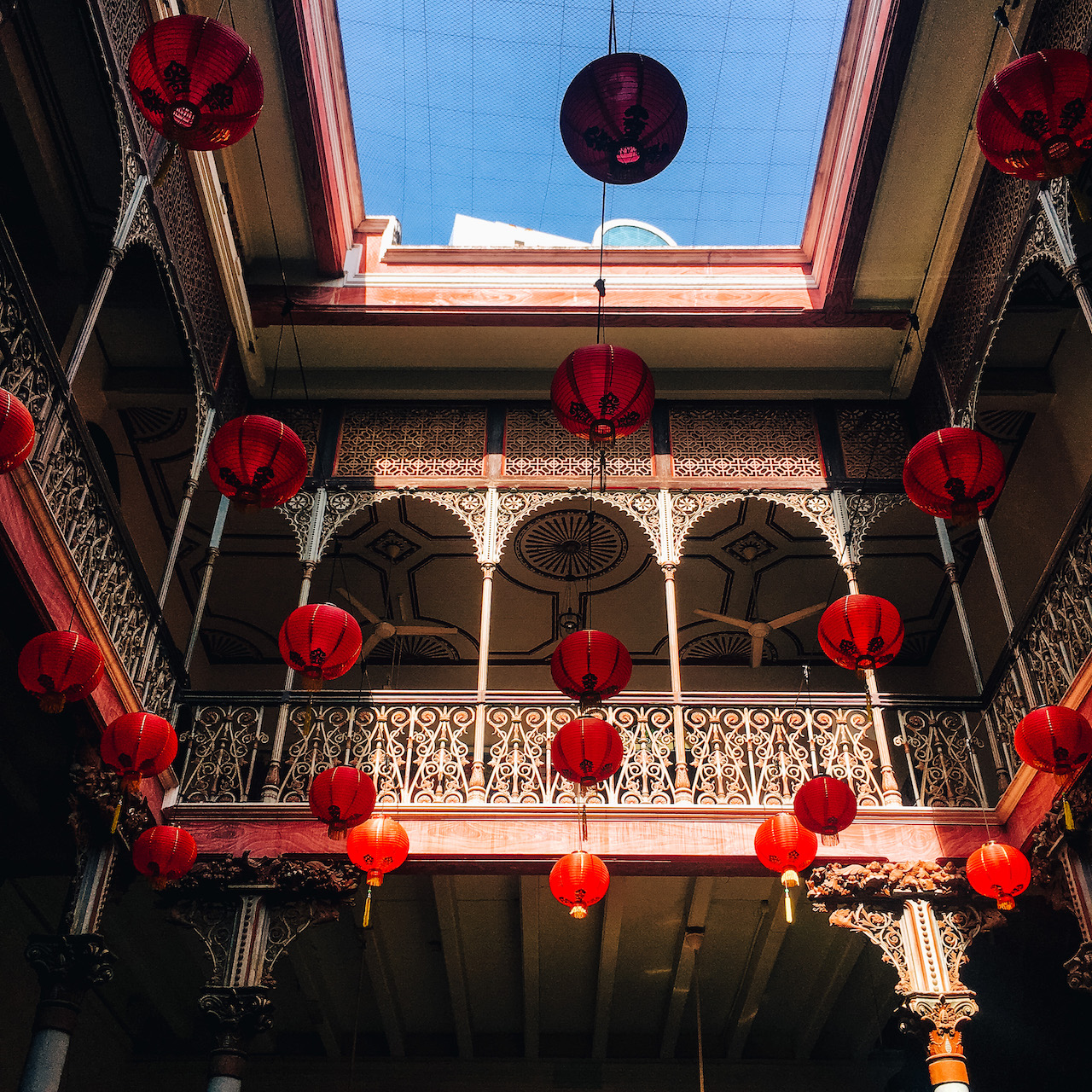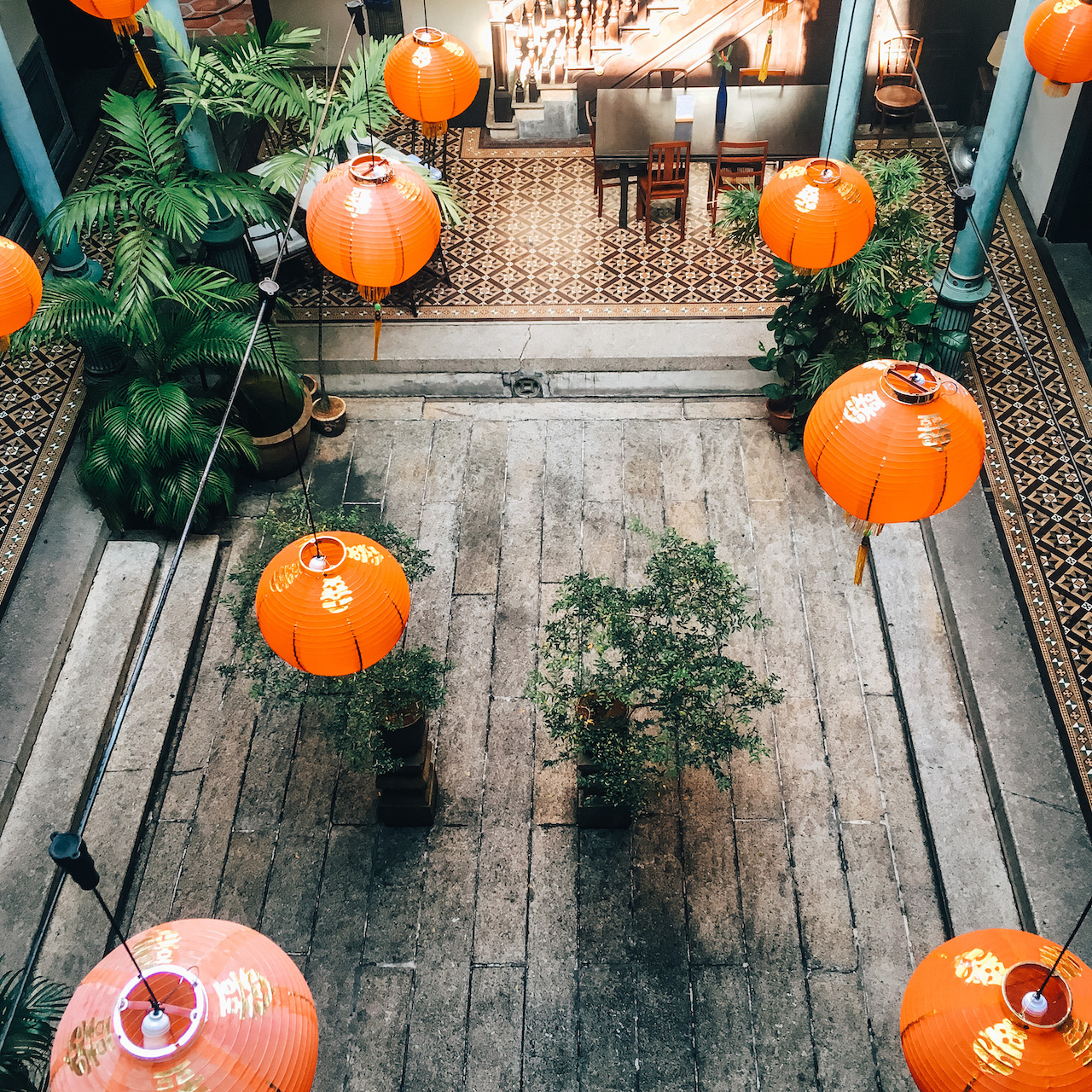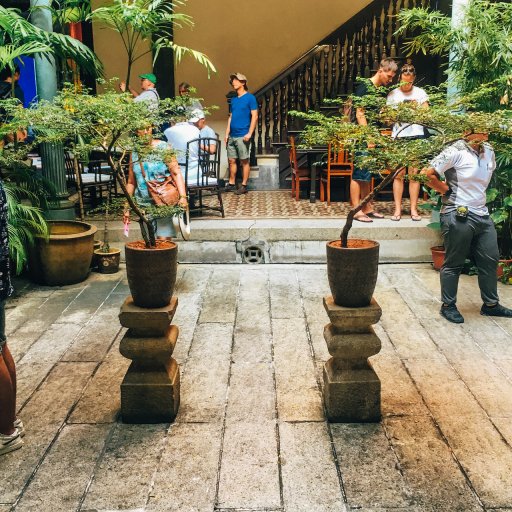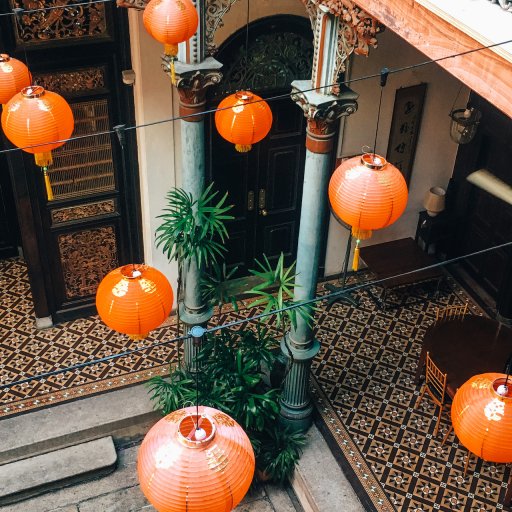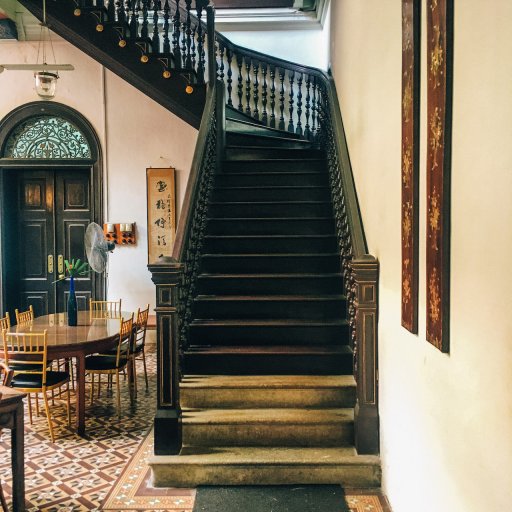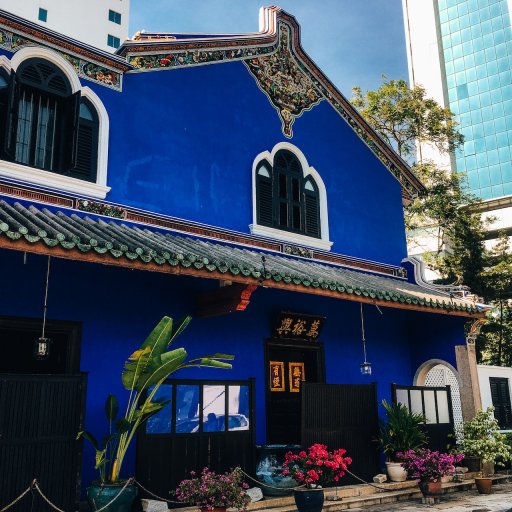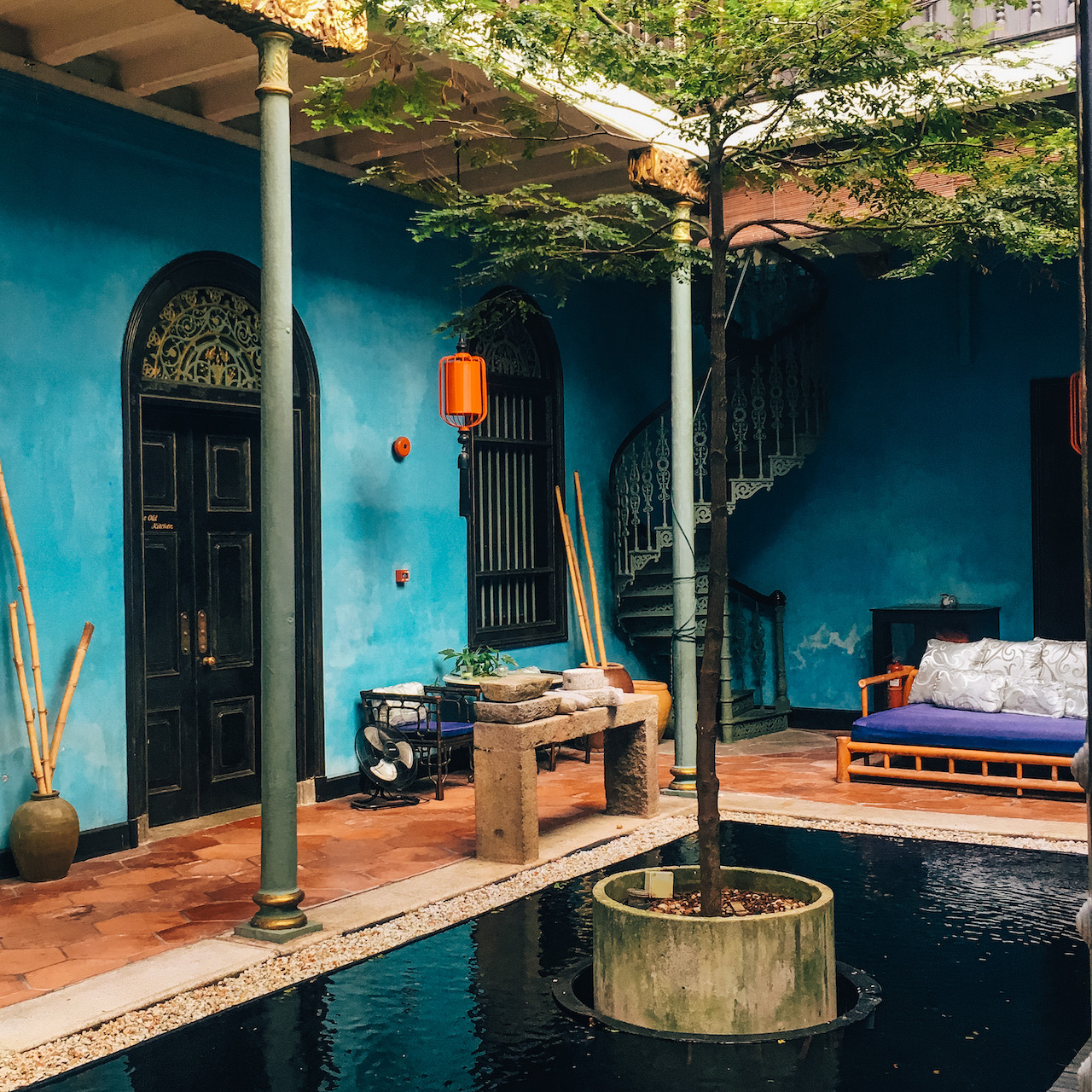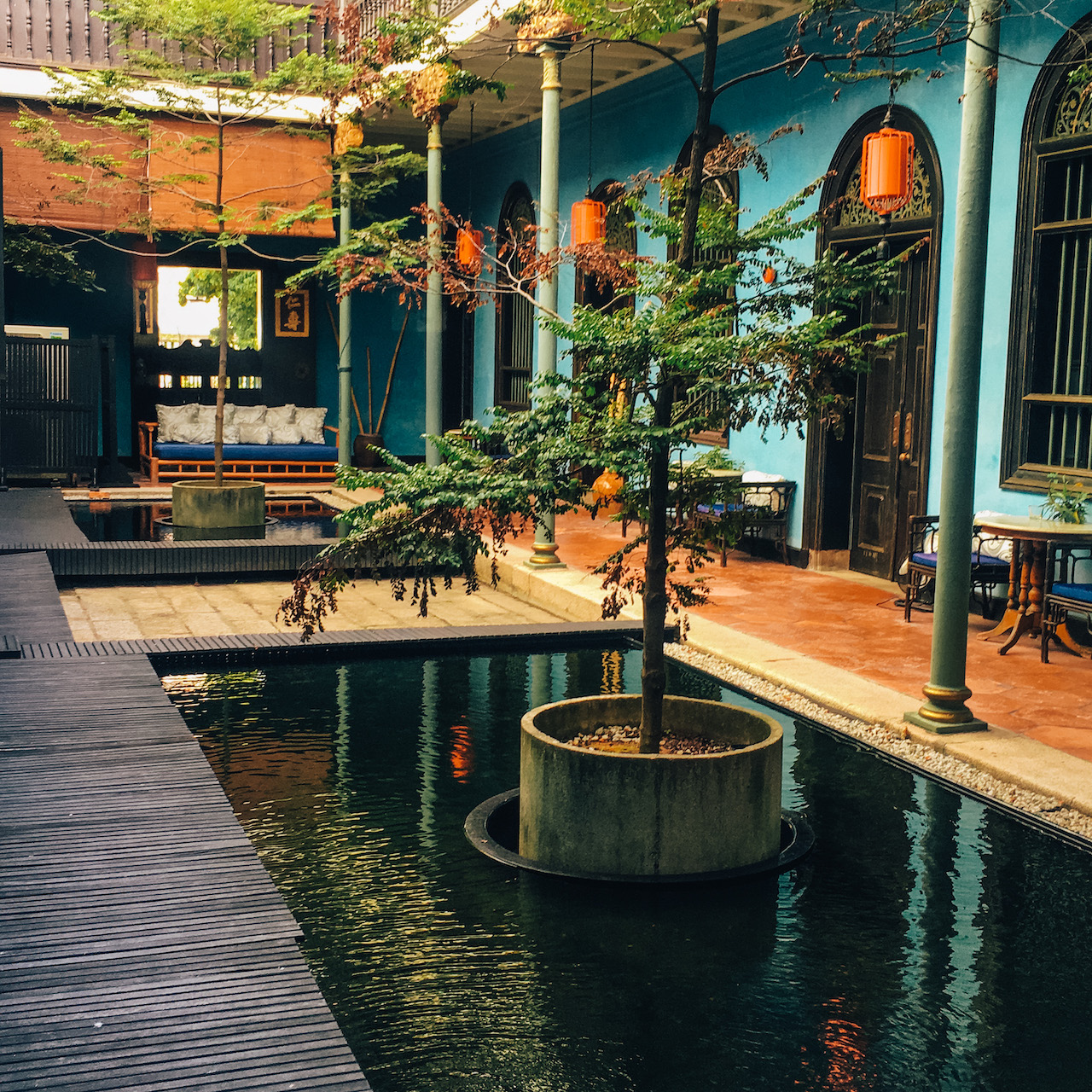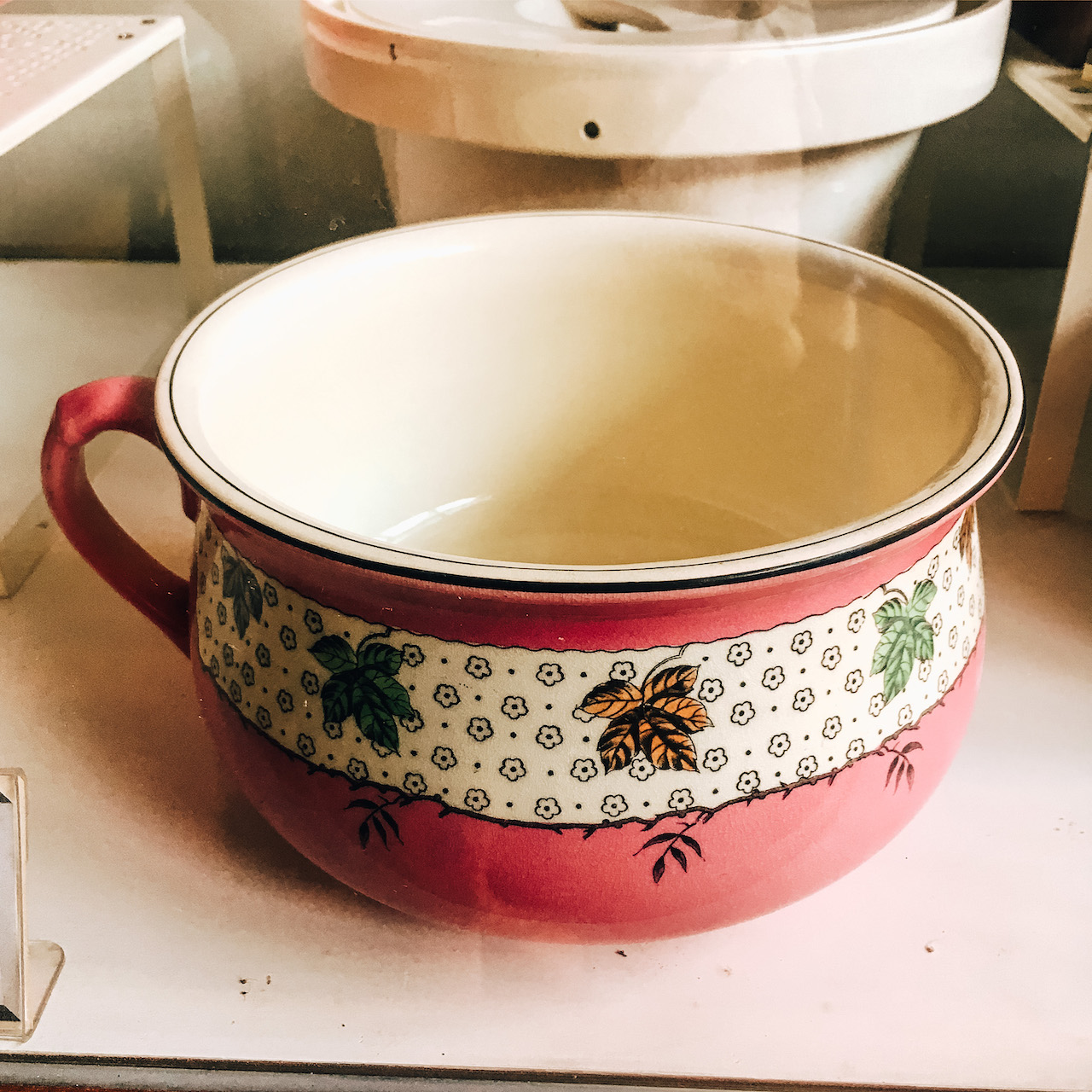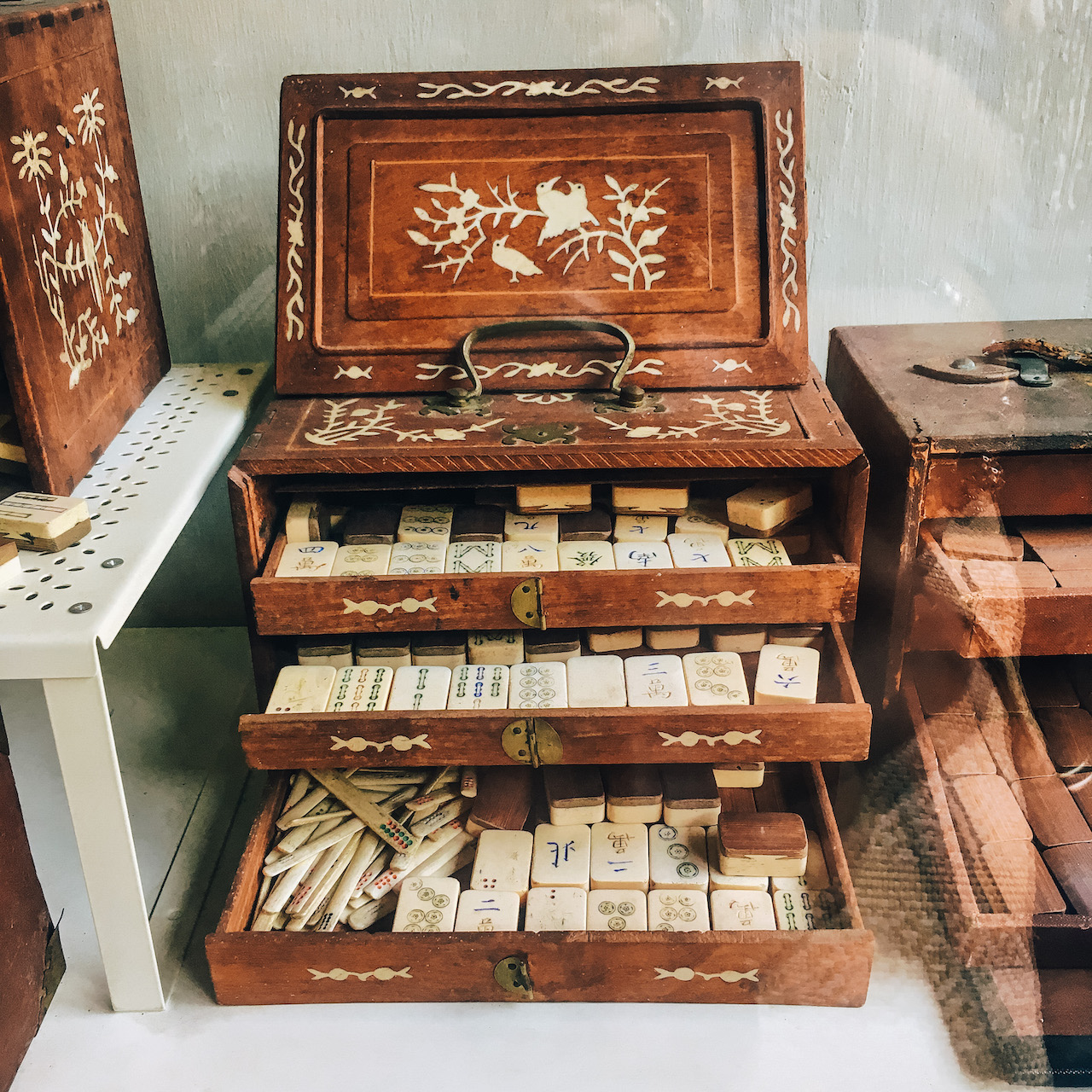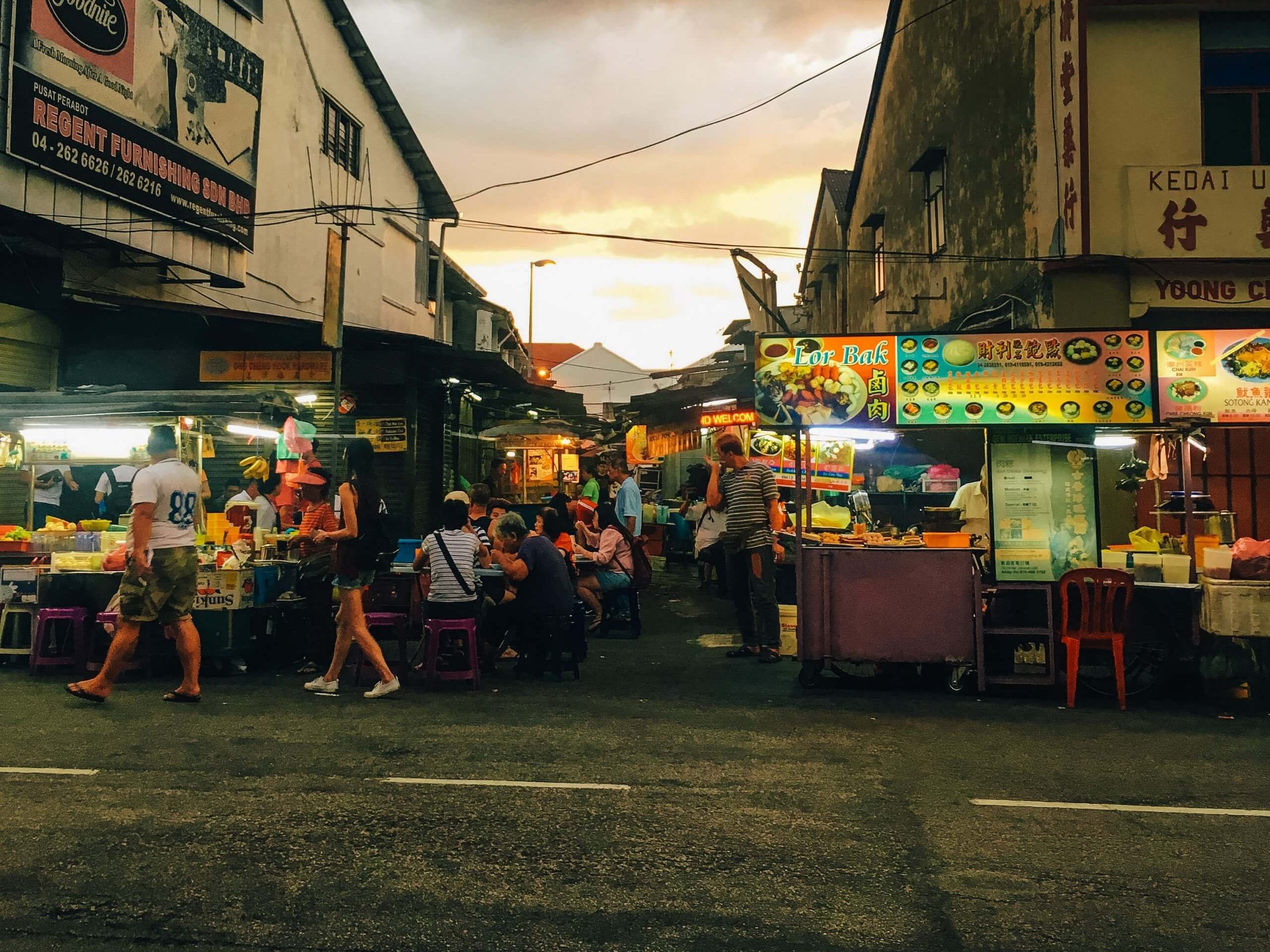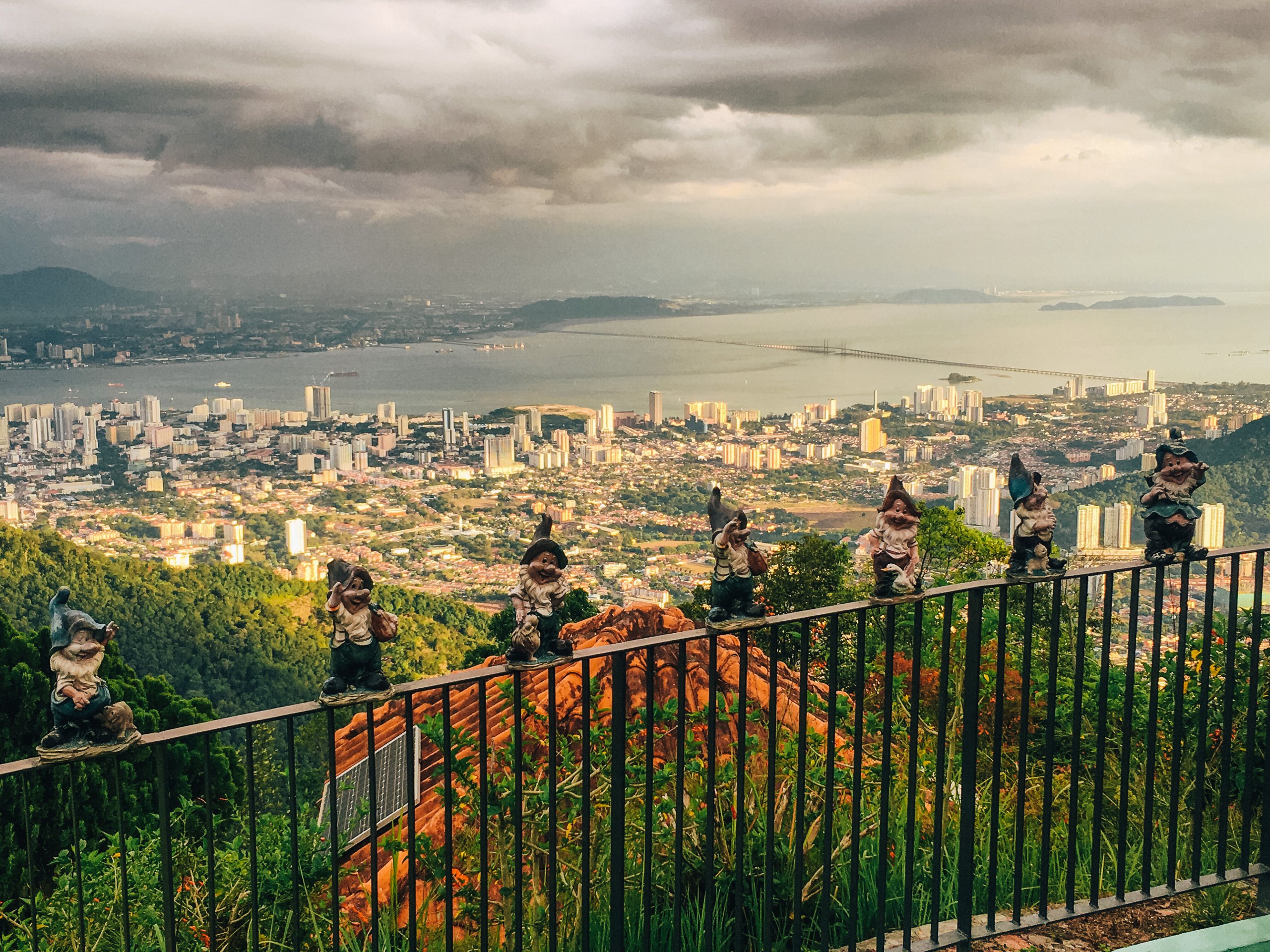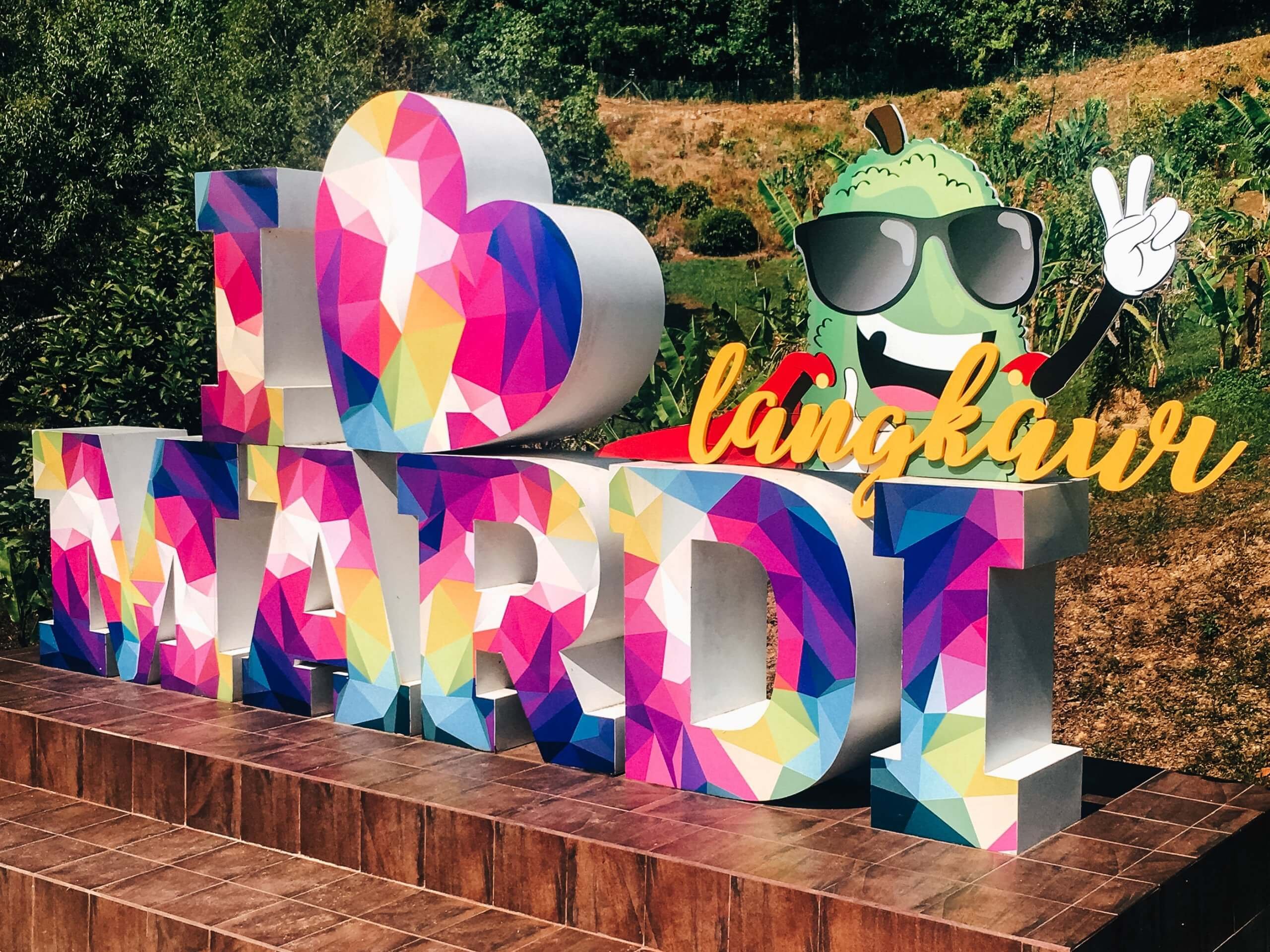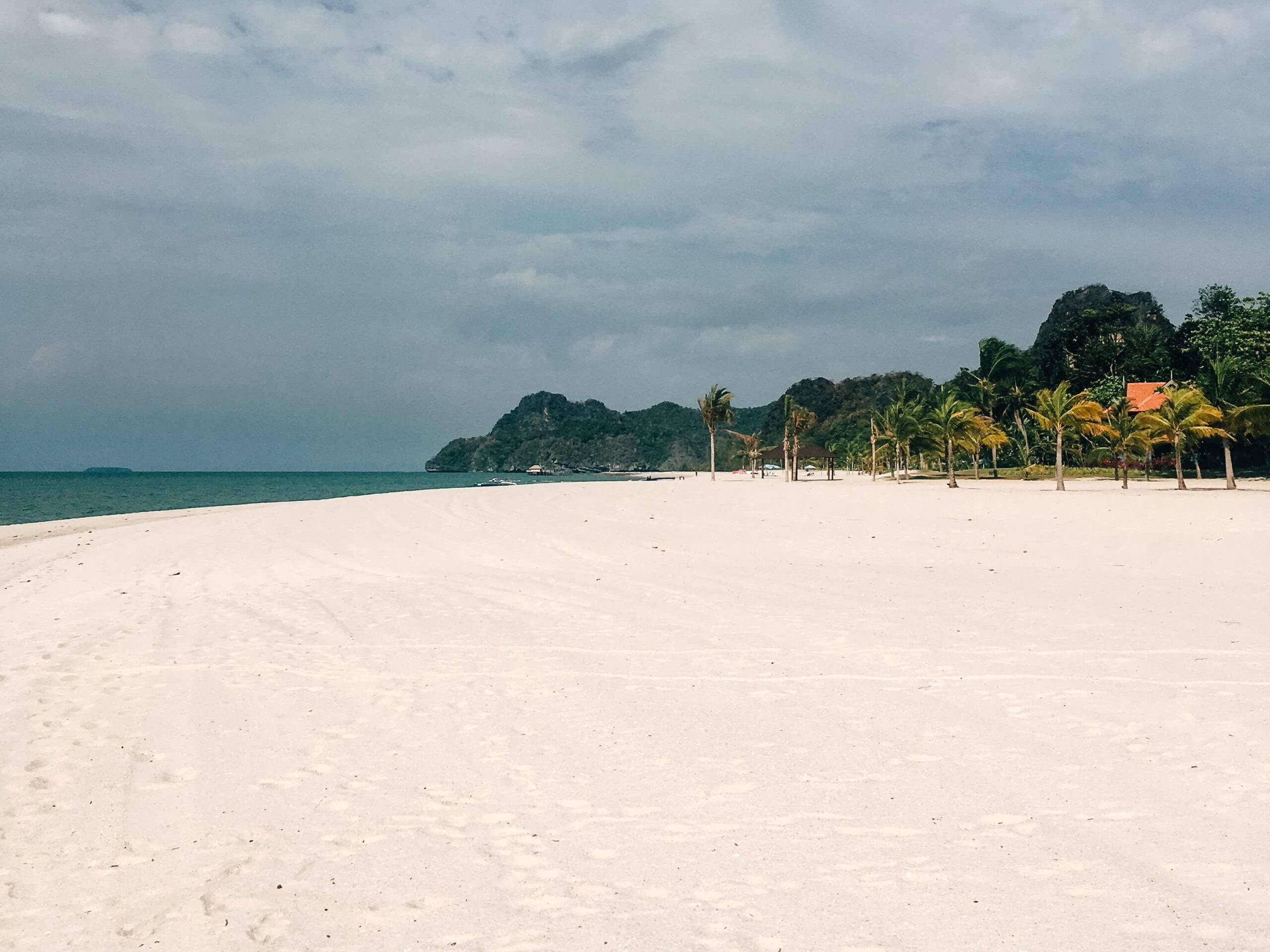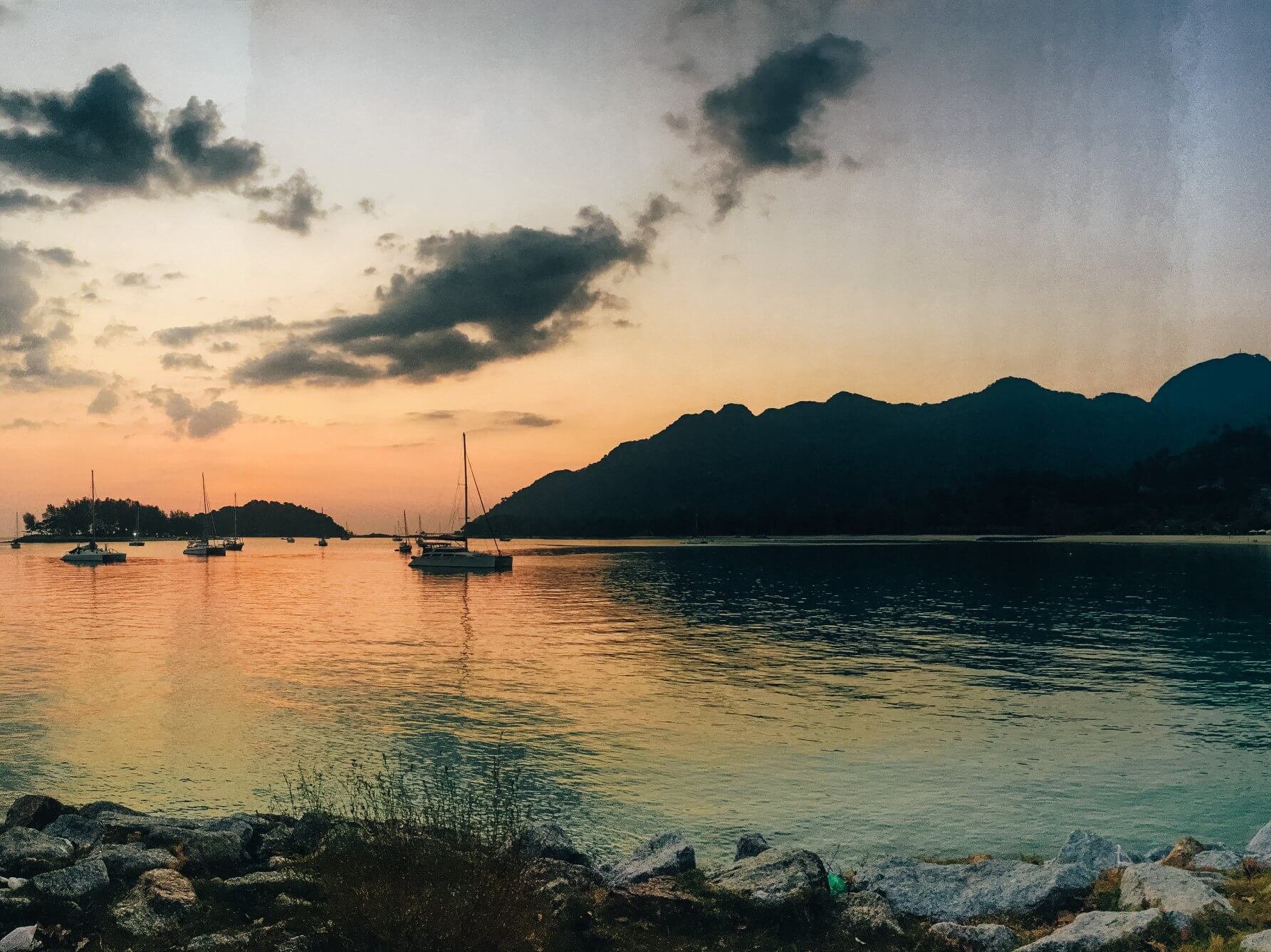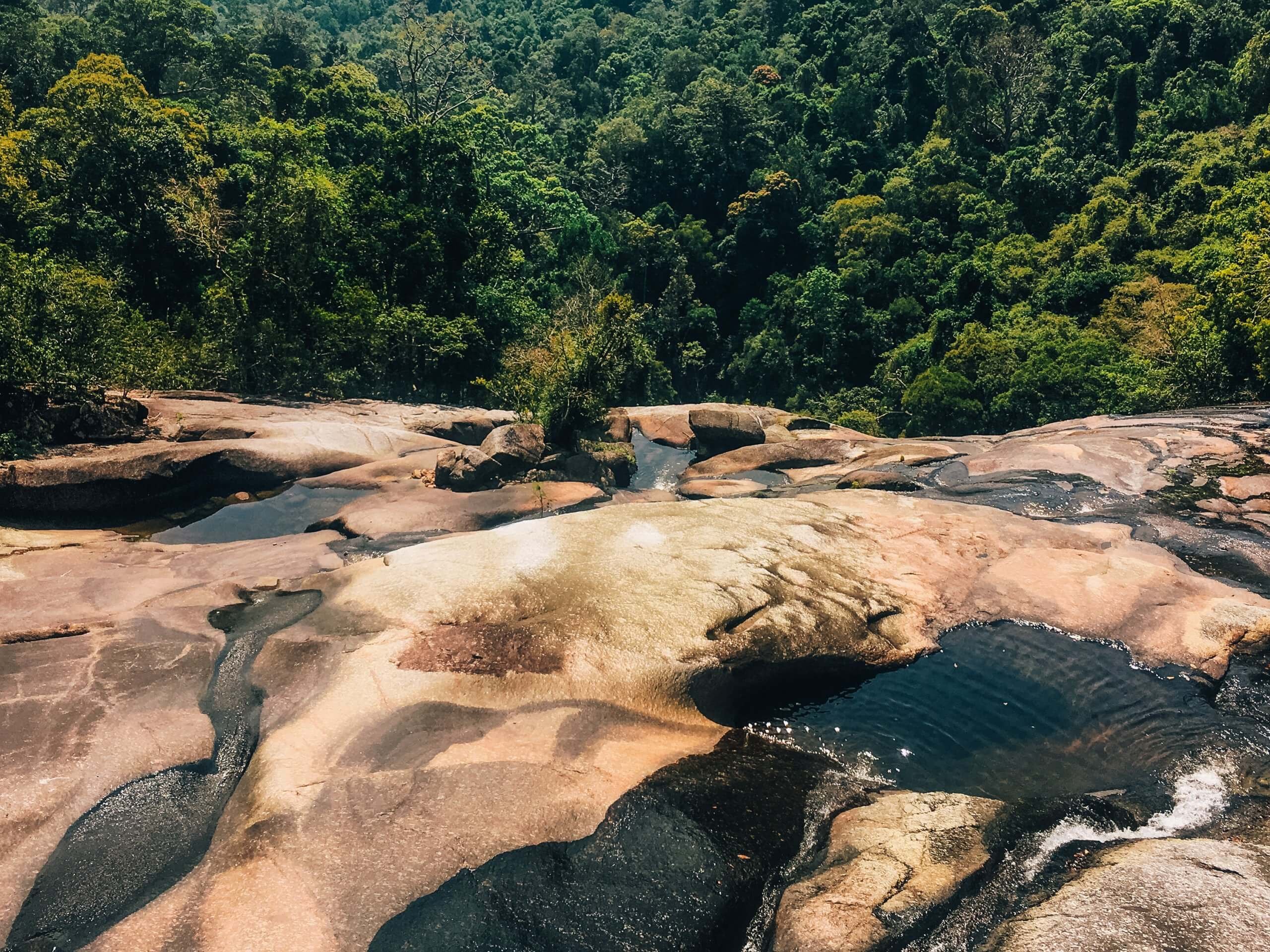I’ve already told you a little bit about George Town’s unique colonial history and cultural scene, so let’s add another layer of color to this dynamic city with a tour of the famous Blue Mansion, or Cheong Fatt Tze Mansion. Who, after all, could possibly be a more intriguing character to add to this eclectic setting than a Chinese immigrant with a riveting rags-to-riches story?
Ok so before I touch on the highlights of Cheong Fatt Tze’s story, I should probably give you a reason to care about a random, historical mansion, other than its bright blue color. The mansion has been the setting for a few films, including the Oscar Award winning film, Indochine. You would probably know it better from the recent blockbuster, Crazy Rich Asians though. Do I have your attention now?
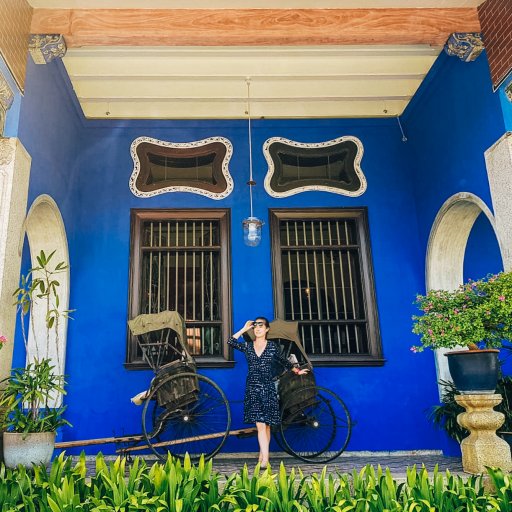
I had read that the tour of the Blue Mansion was something worth doing, and so when my friend Tereza asked if we wanted to tour it, I jumped on the idea. I’m not usually one for large tour groups, but sometimes there are stories you really want to hear from someone who knows the inside scoop, and this was one of those stories.
Our guide was a spunky Chinese Malaysian with a charismatic personality, the perfect person to tell us about Mr. Cheong Fatt Tze and his crazy mansion. She introduced herself as Sally. Despite her accent, she had a way of enunciating her words flawlessly, and had a staccato rhythm to her speech that left you hanging on every word. Even as I recount these stories, I still hear them in her voice, with the same dramatic pauses.
I can only remember,
a fraction,
of the FASCINATING stories that she told us,
and video was prohibited,
so you will just have to visit the mansion yourself,
for the full story,
IF
you are ever in Penang.
It is worth it.
Waiting for the tour to commence in the waiting area allowed for some time to admire the historic furnishings.
Cheong Fatt Tze was born to a poor family in China, and migrated to Southeast Asia, like many others at the time, to seek his fortune. He started out carrying water in Indonesia, eventually saved up enough to start a small business, and through much hard work and perseverance, gradually grew that business until he was able to acquire a bank. The bank was what made him a wealthy man, and from there he was able to grow his wealth until he eventually became known as the Rockefeller of the East.
Cheong Fatt Tze was a big fan of traditional, Chinese architecture, and incorporated many elements of feng shui into his mansion. Sally pointed out the bats carved above the doorways, and told us that they represented good fortune.
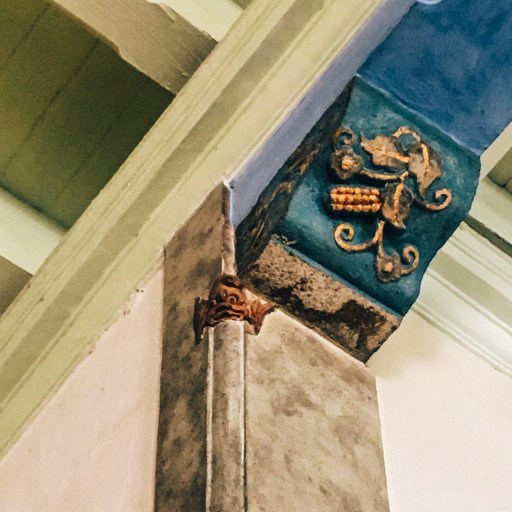
We convened in the courtyard, completely open to the elements, and were told to find our favorite spot in the room. She would tell us if we had chosen the correct spot. The central courtyard was sunken into the ground, with several steps leading up to the adjoining rooms. The crowd slowly scattered throughout the space and after choosing their spots, stared at our guide expectantly. She pointed to a gentleman perched on a step directly across the courtyard from me.
Three views of the central courtyard: on the left, looking in from the waiting area; in the center, looking up at the second story and the sky up above; on the right, looking down at the courtyard from the second story.
The courtyard, she explained, was lowered to collect all the rainwater. Water represents the flow of energy, or chi, in feng shui, so energy would collect in the courtyard, and then flow back out through a drain located behind the gentleman’s foot. The drain was shaped like a coin to represent wealth. She also explained that gold coins would have been hidden under each of the columns during the mansion’s construction to bring in prosperity.
She then pointed at the gentleman who had decided to sit on the ground, smack in the middle of the courtyard, between the two vases. The central part of a house is considered to have the highest flow of energy, so the lucky guy in the middle was getting “charged” full of energy. Sally told us to all go stand there after the tour.
We also learned that the ideal setting for a house, according to principles of feng shui, is “on the dragon’s back.” This means on a hillside, overlooking the water. Penang hill was behind the mansion, but the physical location of the mansion was actually on a flat piece of land. So how did Cheong Fatt Tze achieve the perfect setting for his house? Sally pointed out the steps leading up from the courtyard. Only two steps raised up to the side that was the front of the house, while three steps led up to the back portion of the house. He purposefully built the back part of the house a level higher than the front.
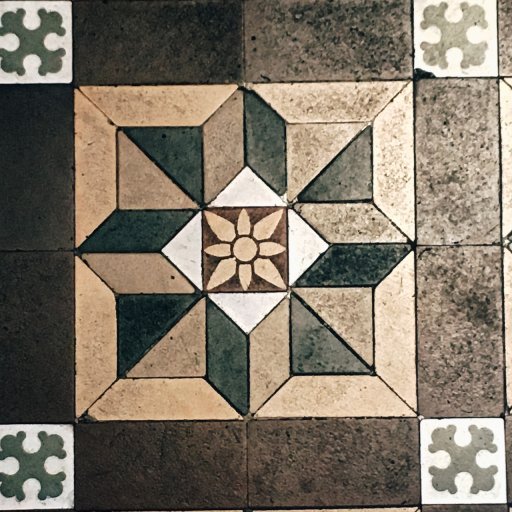
I know very little about feng shui myself, but attended a workshop on the topic at a yoga retreat once. I had always imagined it to have something to do with placing objects in just the right place to create the right atmosphere in a room. I was assuming there was a large amount of visual appeal that went along with it. The workshop taught us some basics of different colors representing different aspects of our well-being (happiness, wealth, fortune, love) and said we could easily incorporate this into our homes by taping the appropriate colored construction paper on the appropriate walls. Obviously this d.i.y. left me a little disappointed. I was hoping to learn something more along the lines of making my home feel like a zen garden, not a kid’s arts and crafts room. I much preferred the feng shui lesson that Sally gave us regarding the Blue Mansion.
As to why the mansion was painted blue, that was the fashionable color of the time. Sally suggested that if you were to chip away the layers of paint on all of the historical buildings in the area, many of them would likely have the same blue as their first layer.
When Cheong Fatt Tze died, he left the mansion to his youngest son, who in turn left it to his wife, but without any money to be able to afford the upkeep. Completely broke, this youngest daughter-in-law was eventually forced to rent out floor space in the mansion. She divided up the house between 28 families or so, and at the time, the average family size was 7 people, meaning that some 200 people were residing within the walls of the mansion. Now this place was big, but not estate-with-wings-that-you-find-in-Europe big. We’re talking 33,000 square feet. That would be 165 square feet per person, or a an area half the size of your average parking space.
Today the mansion serves as a boutique hotel, and rooms can be booked for around $100 US per night. We were not allowed to tour the entire mansion, out of respect to the guests’ privacy, but it looked like a beautiful upscale option for all of you history buffs out there who want to truly immerse yourselves into all things historic George Town. I would be tempted to check it out for at least a night on a more generous budget.
The second story of the estate holds some artifacts from the mansion’s glory days as a sort of museum. From left to right: the master bed, a chamber pot, and a mahjong set.
The tour was slightly chaotic with the number of people they allowed to crowd the halls, but the stories were fascinating and added a colorful layer of culture to my growing understanding of George Town. Plus who doesn’t like seeing mansions and fantasizing about what it would be like to live there? So whether you are a fan of movie settings, a history buff, or a feng shui scholar, I highly recommend checking out this captivating estate.
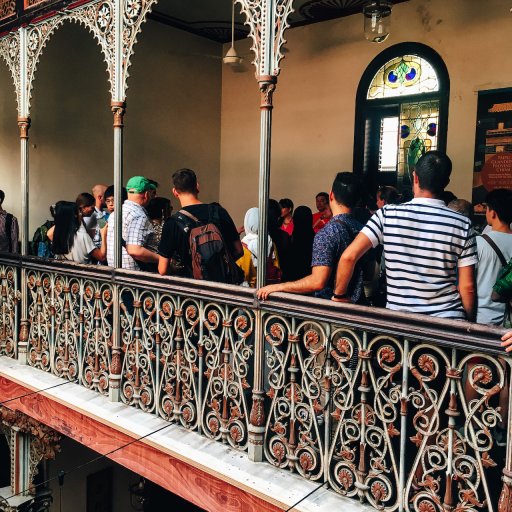
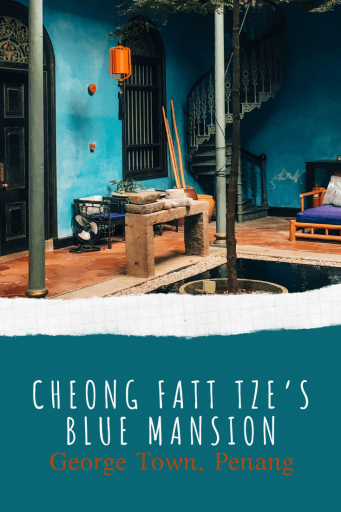
Information for Visitors:
- Daily tours offered at 11am, 2pm, and 3:30pm
- Price: 25 ringgit
- Official Website
- Address: 14, Leith St, Georgetown, 10200 George Town, Penang, Malaysia


